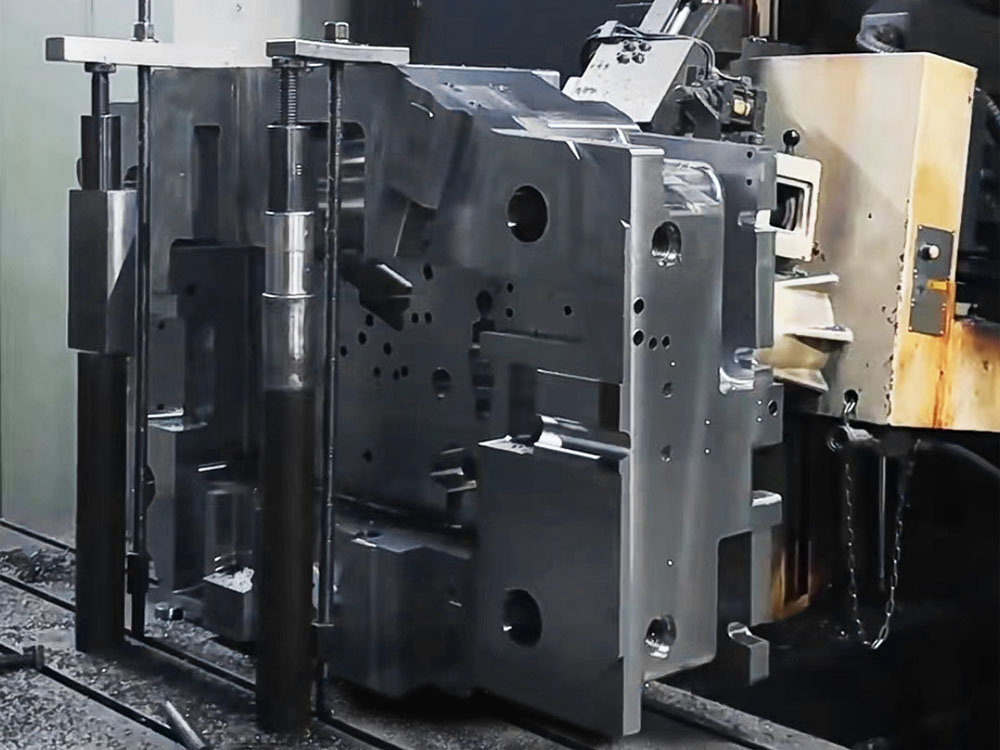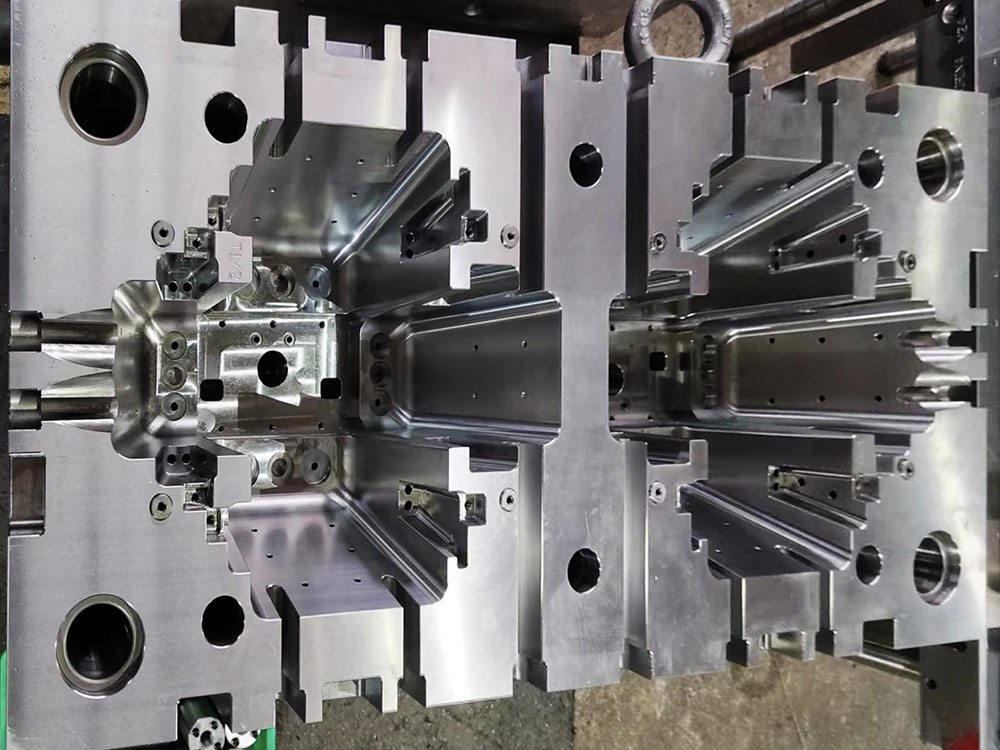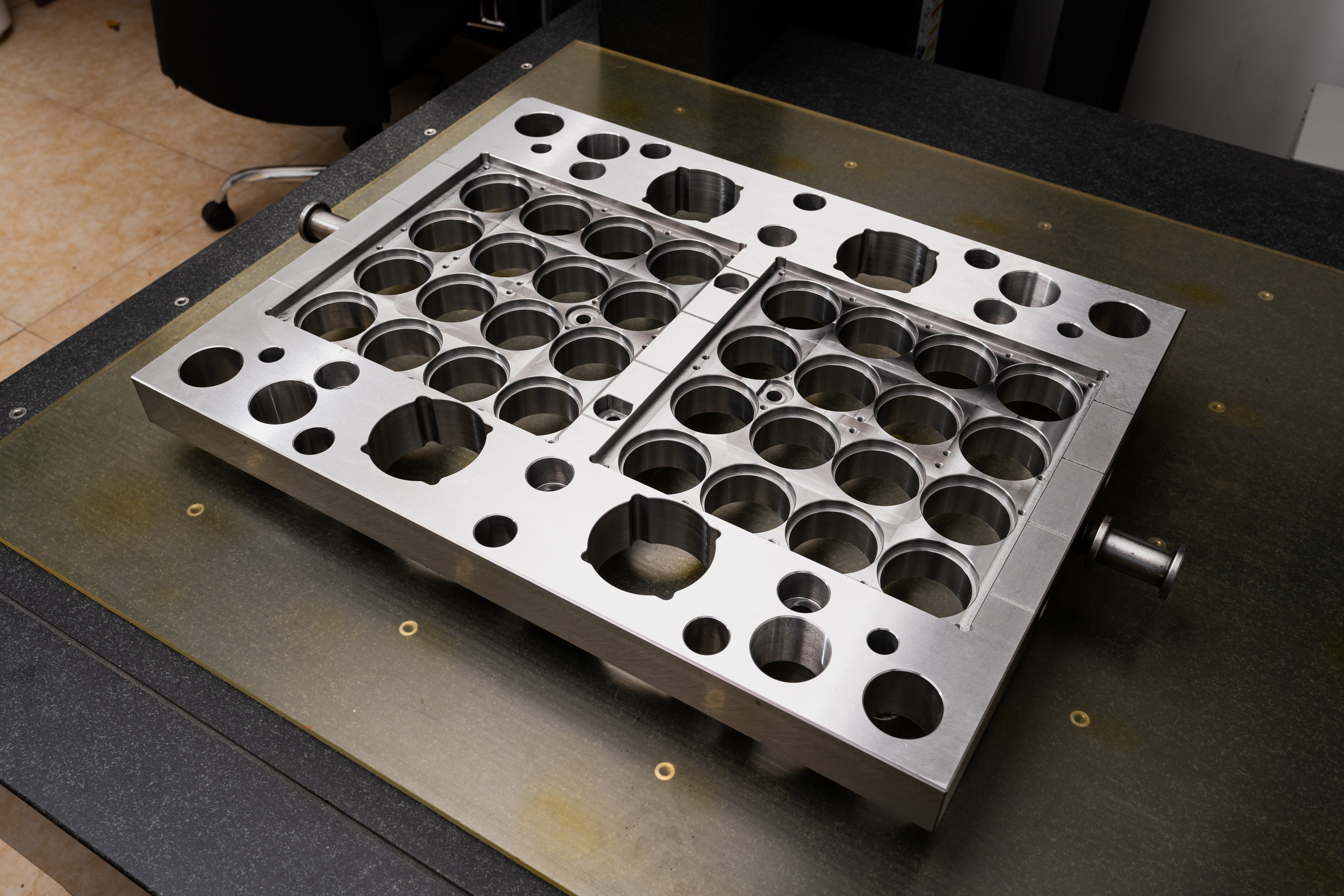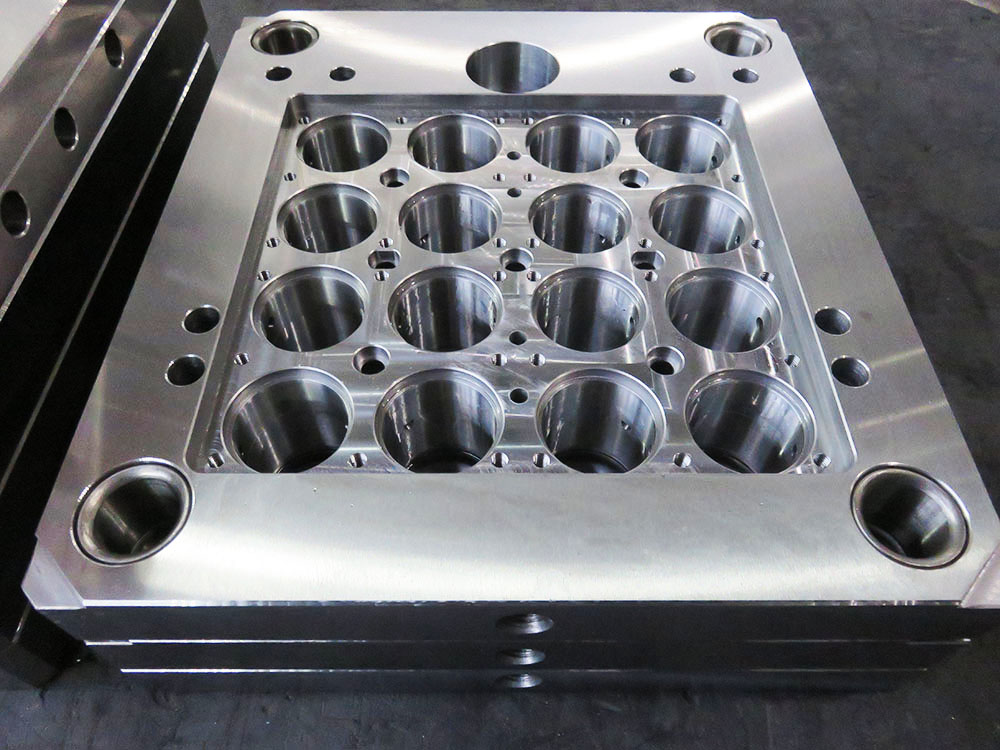Methods for Determining the Length of Bracing Poles for Support Structures in the Mold Base Industry
In the mold base industry, ensuring the stability and strength of support structures is crucial for the success of various operations. Bracing poles play a vital role in providing the necessary support and preventing structural failure. Determining the appropriate length of bracing poles is a critical aspect of support structure design. In this article, we will explore various methods used in the mold base industry for accurately determining the length of bracing poles.
1. Load calculations
One of the primary considerations in determining the length of bracing poles is the expected load that the support structure will bear. Load calculations involve evaluating factors such as the weight of the equipment, materials being processed, and any additional loads that may be imposed during operation. These calculations are typically performed by structural engineers using specialized software or manual calculations based on established engineering principles.
2. Safety factors
To ensure the stability and reliability of the support structure, safety factors are applied to the load calculations. Safety factors consider uncertainties and potential variations in load conditions and materials properties. The value of the safety factor is determined based on the specific requirements of the application and industry standards. The most common safety factors used in the mold base industry range from 1.5 to 2.0.
3. Structural analysis software
Advancements in technology have provided the mold base industry with access to sophisticated structural analysis software. These software tools enable engineers to simulate and evaluate the behavior of the support structure under various loading scenarios. By inputting the necessary parameters, such as material properties, applied loads, and boundary conditions, the software can calculate the optimal length of bracing poles. This method enhances accuracy and reduces the margin of error compared to manual calculations.
4. Material properties
The properties of the materials used in the support structure, including the bracing poles, significantly impact the determination of their length. Factors such as the modulus of elasticity, yield strength, and ultimate strength are considered when designing the support structure. By selecting appropriate materials and understanding their mechanical properties, engineers can accurately determine the required length of the bracing poles for the desired level of stability and safety.
5. Industry guidelines and standards
The mold base industry adheres to various guidelines and standards established by professional organizations and regulatory bodies. These guidelines provide recommendations for structural design, including the determination of bracing pole lengths. By following these industry standards, engineers can ensure that support structures are designed and constructed in a manner that meets or exceeds safety and performance requirements.
Conclusion
In conclusion, determining the length of bracing poles for support structures in the mold base industry is a complex process that requires careful consideration of various factors. Load calculations, safety factors, structural analysis software, material properties, and adherence to industry guidelines and standards all contribute to accurate and reliable designs. By employing these methods, engineers can ensure the stability and strength of support structures, enabling smooth and efficient operations in the mold base industry.




